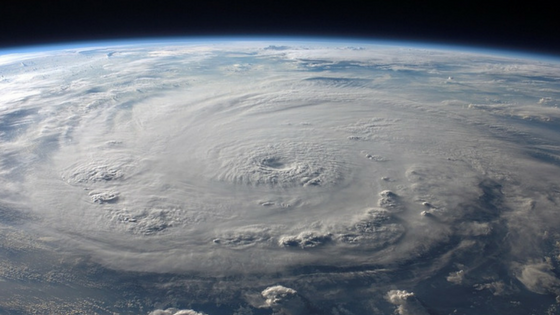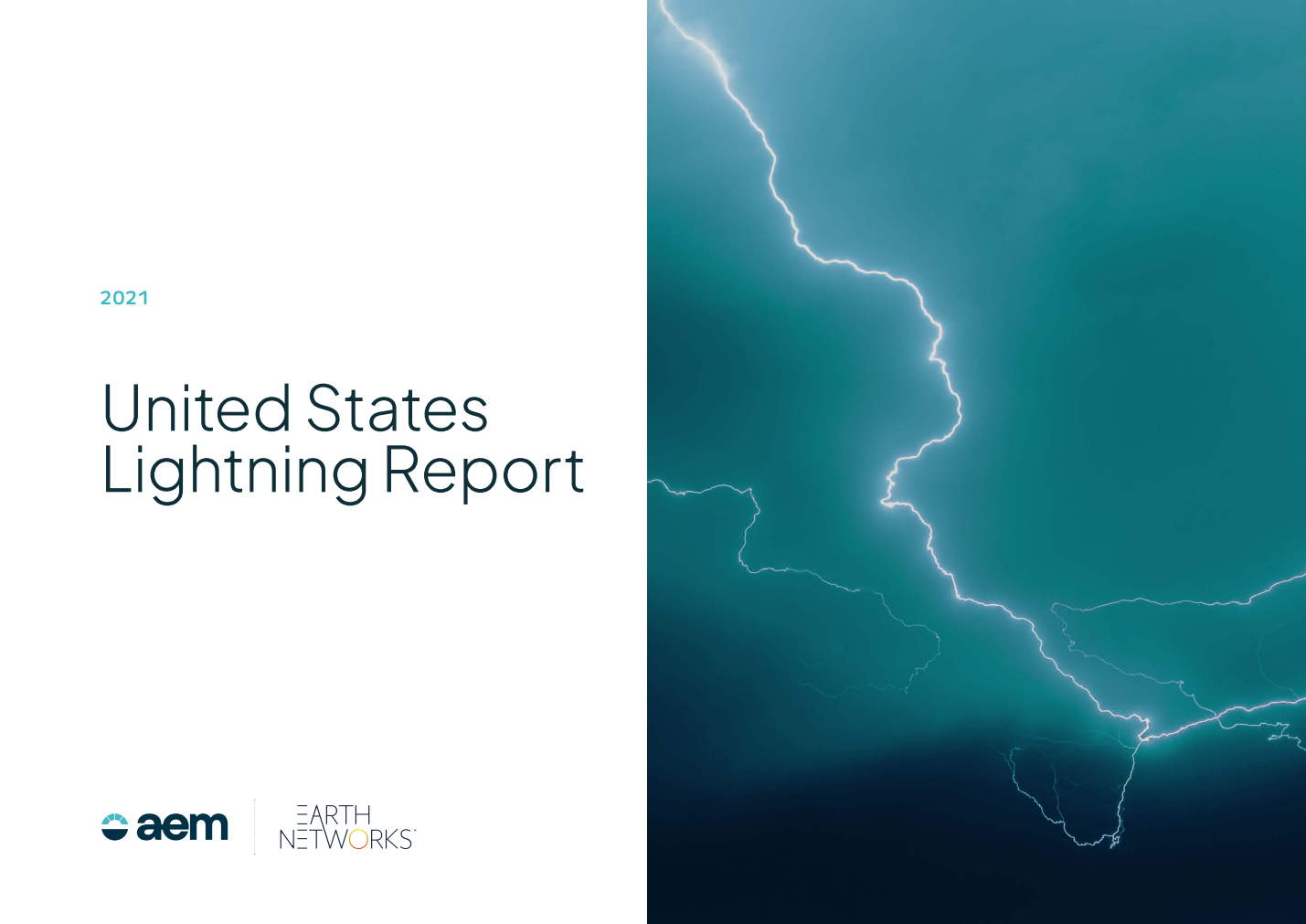While you may have an emergency plan and survival kit for your home, you may have overlooked preparing the workplace. Both business owners and employees alike should take proactive steps in hurricane preparedness in the workplace to reduce the risk of damage, injury and loss of productivity.

Always Have a Plan
If one does not already exist, create a structured, step-by-step plan that explains the emergency procedures, including evacuation and protection of property. Use the following guidelines when drafting your plan to ensure minimal damage to your workplace and loss of productivity.
1. Protecting Company Property
The first step is to protect company property. If strong storm conditions are in the forecast, your business should begin implementing the necessary property damage precautions. Should the workplace suffer a direct hit, you can hope to minimize the loss of property by taking the following steps:
•Evaluate structural condition of the roof
•Cover windows with plywood or install storm shutters
•Place sandbags in flood-prone areas and in front of access ways
•Secure or brace heavy furniture to wall studs
•Store electronics in safe location, or affix securely to surfaces
•Cut service to utilities, if possible
2. Securing Business Documents and Information
The next step is to secure business documents and information. In the event of a hurricane, you should keep important company documents, such as tax records, accounting logs and legal documents, in a single location that can be easily gathered in an emergency. If possible, take the documents to a secure location out of harm’s way. Additionally, if possible, keep copies in a separate location should the originals become inaccessible, or create digital copies stored online, where they can be accessed from anywhere.
3. Building a Survival Kit
The third step is to build a survival kit before the storm strikes. While employees should be long evacuated before a storm strikes, in the event a disaster strikes unexpectedly, always have a survival kit on hand. Every kit should include the basics for survival, including provisions and tools, such as:
•Three-day supply of non-perishable food and water
•Blankets, pillows, and cots
•Duct tape, trash bags, and tarps
•First aid kit
•Electric generator
•Battery-powered TV or radio
•Emergency contact information, including police, FEMA, and insurance provider
•Petty cash or ATM card
•Flashlights and batteries
4. Documenting for Insurance Purposes
The next step is to take photos and inventory of the workplace before and after a major weather incident to help the claims process go smoothly. The more documented evidence you provide your insurance company and federal disaster relief organizations, the better they can assess the loss and appraise the damage. Receiving the insurance money may take time, especially when many other businesses in the area are filing storm damage claims as well. The more prepared your business is, the better off you are.
5. Establish Emergency Communication Protocol
The final step is to establish protocol. In emergency situations, communication is essential to keeping everyone safe. It’s a good idea to implement an automated phone tree or emergency messaging service to contact your employees at home with the adequate notice on days the office plans to be closed due to inclement weather. Additionally, businesses should also contact local TV and radio stations who have access to storm tracking software so they can know when to expect a closure.
Implementing the Preparedness Plan
Once you’ve created a viable hurricane preparedness plan for your business, your next step is to familiarize your employees with the procedure. Review and train your staff in the process before a hurricane, ensuring everyone knows their role in the event of a natural disaster. Finally, keep a written copy of the preparedness plan on-site at all times. Should you need to refer to it, have it in an easily accessible location.
Never leave hurricane preparedness to the last minute. Putting a plan into place takes time and effort. However, protecting your employees, your assets, and your business is too important to put by the wayside. For more information on how to prepare your business for
an emergency situation, contact us today.






